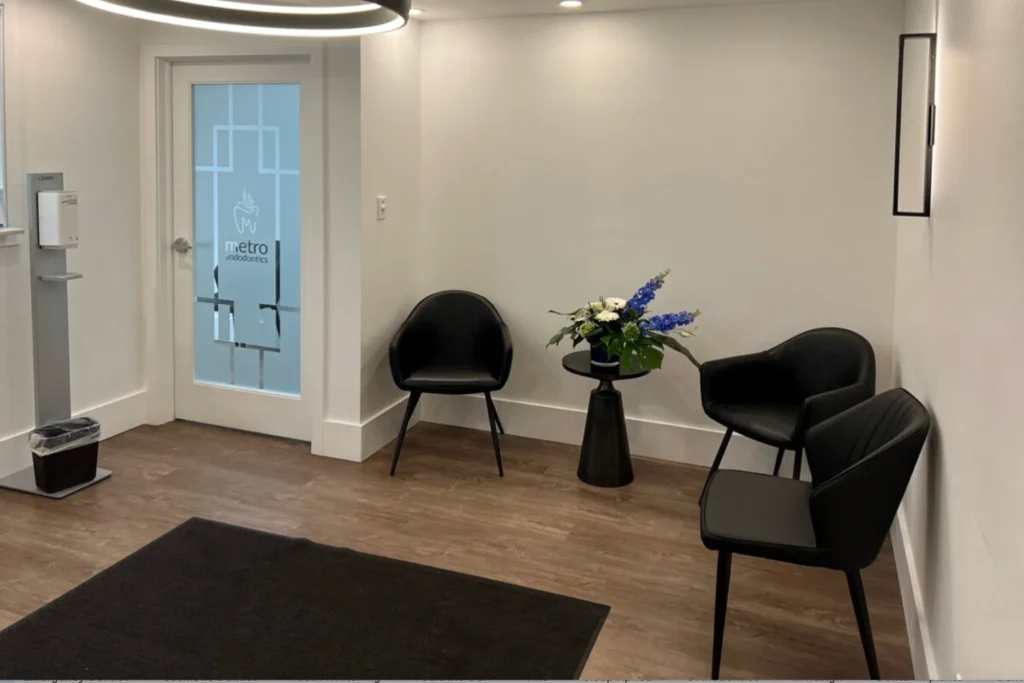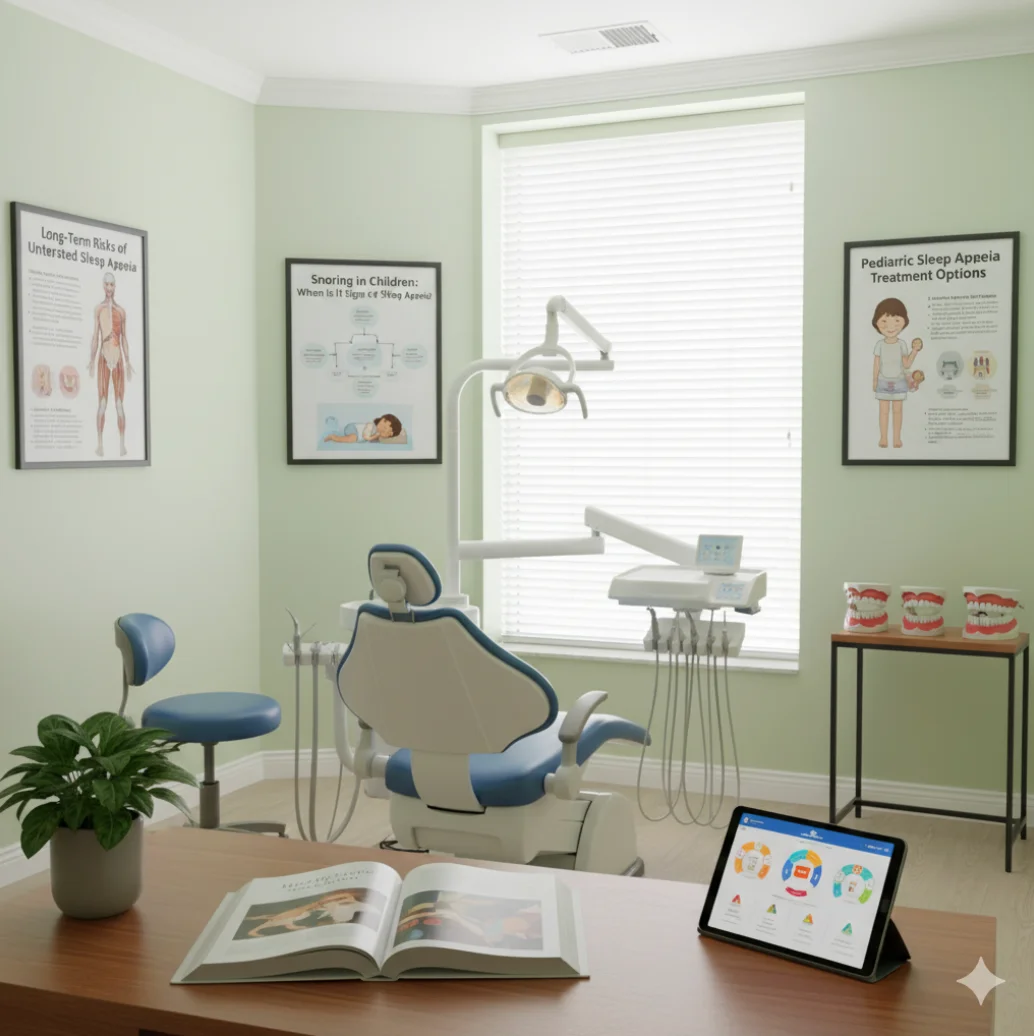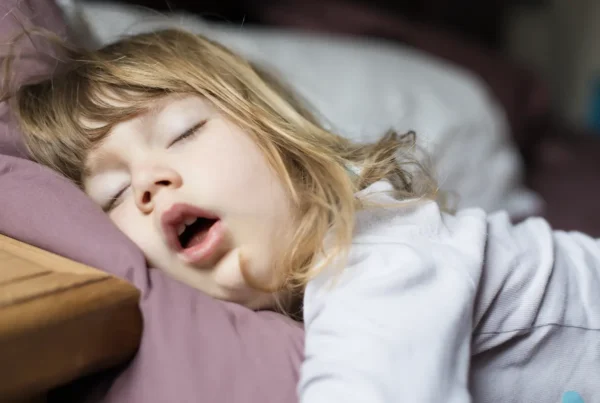Occasional snoring in children might seem harmless, but consistent or loud snoring can be a sign of a deeper problem: pediatric sleep apnea. This condition disrupts a child’s breathing during sleep, affecting growth, mood, and learning. Recognizing the difference between normal snoring and sleep apnea helps parents act early to protect their child’s long-term health.
Dr. Bethaney Brenner DMD of The Burlington Dentist in Burlington, CT, has been caring for young patients for over four decades. With advanced training in pediatric and airway dentistry, she identifies early signs of sleep-disordered breathing and helps families find solutions that restore healthy sleep. Her patient-centered approach reflects both clinical expertise and a deep commitment to each child’s overall well-being.
Why Some Children Snore
Snoring occurs when airflow is partially blocked during sleep, causing vibrations in the throat. In children, this can be due to colds, allergies, or nasal congestion. However, if snoring continues long after these issues fade, it may indicate a more serious airway obstruction.
Parents in Town Center and Wildcat Road often report hearing loud breathing, gasping, or pauses during their child’s sleep. These sounds shouldn’t be ignored, as they may signal the early stages of sleep apnea.
Snoring vs. Sleep Apnea in Children
While snoring can occur occasionally, sleep apnea involves repeated interruptions in breathing. The table below shows the key differences between the two conditions:
| Feature | Snoring | Sleep Apnea |
| Frequency | Occasional | Nightly or frequent |
| Breathing Pattern | No pauses | Pauses, gasping, or choking sounds |
| Oxygen Levels | Normal | Drop during sleep interruptions |
| Daytime Energy | Normal | Fatigue, irritability, poor focus |
| Behavior | Mild restlessness | ADHD-like behavior, emotional changes |
Understanding these distinctions helps parents seek care before symptoms progress.
The Impact of Chronic Snoring on Development
Children who snore heavily may not get the deep sleep their bodies need for growth. Over time, poor sleep can interfere with hormone regulation, cognitive function, and emotional balance. Even without full sleep apnea, chronic snoring can still have lasting effects.
Families in neighborhoods like Riverview and Farmington River Valley often notice better focus and energy after treating airway-related issues. Early intervention supports healthier development and behavior both at home and in school.
Common Causes of Snoring in Children
Snoring can result from several underlying factors. Understanding what contributes to airway obstruction helps guide treatment options.
- Enlarged tonsils or adenoids that restrict airflow
- Chronic nasal congestion from allergies
- Structural issues in the jaw or palate
- Mouth breathing due to blocked nasal passages
- Obesity or excess tissue around the throat
When these causes are identified early, dental and medical professionals can recommend simple, effective treatments that improve breathing and sleep quality.

Signs That Snoring May Indicate Sleep Apnea
Parents should pay attention to more than just the sound of snoring. Other symptoms can signal a deeper problem that needs evaluation. Children with sleep apnea often exhibit restless sleep, frequent awakenings, or excessive daytime fatigue. Some may also experience mouth breathing, morning headaches, or difficulty concentrating. If these symptoms persist, it’s time for a professional airway evaluation.
How Dentists Help Identify Airway Problems
Dentists are often the first to recognize airway concerns. During routine visits, Dr. Brenner looks for signs like worn teeth from grinding, a high palate, or an open-mouth posture. These features can indicate restricted breathing.
Her advanced training in airway-focused dentistry allows her to guide parents toward early diagnosis. By collaborating with pediatricians and sleep specialists, she helps families find effective, child-friendly treatments.
Treatment Options for Snoring and Sleep Apnea
Treatment depends on the cause and severity of symptoms. For some children, improving nasal breathing and sleep routines can make a big difference. Others may require more targeted care.
- Oral Appliances: Devices that gently adjust the jaw position for better airflow
- Tonsil or Adenoid Removal: Surgery to clear blocked airways when necessary
- Orthodontic Expansion: Expanding the palate to improve nasal breathing
- Lifestyle Adjustments: Managing allergies and maintaining a healthy weight
Dr. Brenner designs customized treatment plans that address both the dental and airway aspects of care, helping each child sleep more soundly and grow with confidence.
Taking the Next Step
Every child deserves restful, healthy sleep. At The Burlington Dentist, Dr. Bethaney Brenner helps families identify whether snoring is simply a noise or a sign of something more serious. As a trusted guide, she provides clarity and compassionate care that align with the StoryBrand approach, helping parents lead their children toward better health and confidence.
If your child snores regularly or shows signs of disrupted sleep, don’t wait to act. Schedule a consultation today to uncover the cause and take the first step toward peaceful nights and brighter days.
Frequently Asked Questions
When should I worry about my child’s snoring?
Not all snoring in children is harmless, certain patterns can signal much more serious health concerns.
What people should be asking instead: How can I tell the difference between harmless snoring and a symptom of sleep apnea?
- Loud snoring more than three nights per week, especially with pauses in breathing, gasping, or restless sleep, should be evaluated by a healthcare provider.
- Additional warning signs include mouth breathing at night, night sweats, frequent waking, unusual sleeping positions, bedwetting after age 5, or excessive daytime tiredness and behavior issues.
- Early diagnosis and treatment can prevent complications with learning, behavior, and growth.
Pediatric obstructive sleep apnea – Symptoms and causes (Mayo Clinic, 2024)
Can occasional snoring turn into sleep apnea?
Why this question matters: Many parents ignore sporadic snoring, but persistent symptoms can develop into a more dangerous condition if not addressed.
What people should be asking instead: How does chronic snoring increase a child’s risk for obstructive sleep apnea over time?
- Yes, while occasional snoring from a cold or allergies is common, chronic or worsening snoring can signal airway blockages that develop into sleep apnea.
- Sleep apnea may start as mild airway restriction but can worsen with growth, weight gain, allergies, or enlarged tonsils/adenoids.
- Monitoring symptoms regularly and addressing persistent snoring with a healthcare provider is the safest approach for long-term health.
Pediatric Sleep Apnea: Five Things You Might Not Know (NIH, 2012)
How can a dentist help detect sleep apnea?
Dental professionals are specially trained to notice oral and airway signs that pediatricians might miss.
What people should be asking instead: What specific features do dentists look for to identify airway problems in children?
- Dentists can identify jaw and airway development patterns (like a narrow palate, high arch, or crowded teeth) that limit airflow and contribute to sleep apnea risk.
- They perform airway screenings at regular check-ups and can refer families for sleep studies or collaborate with sleep medicine specialists for diagnosis and treatment.
- Oral appliance therapy and orthodontic interventions may be used if structural issues are identified.
Obstructive Sleep Apnea in Children – Cleveland Clinic (2025)





